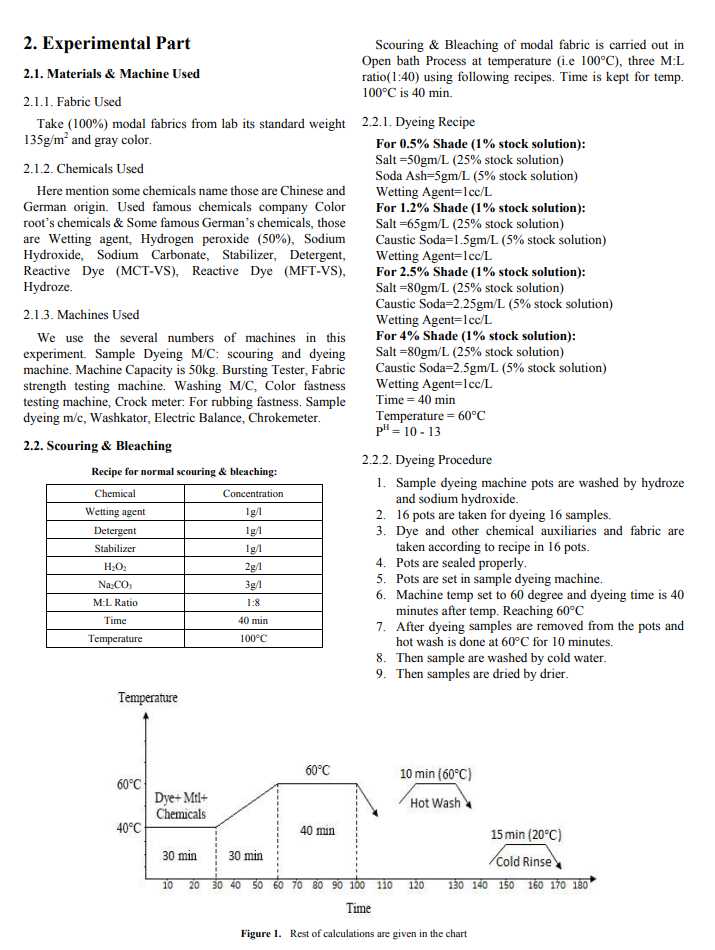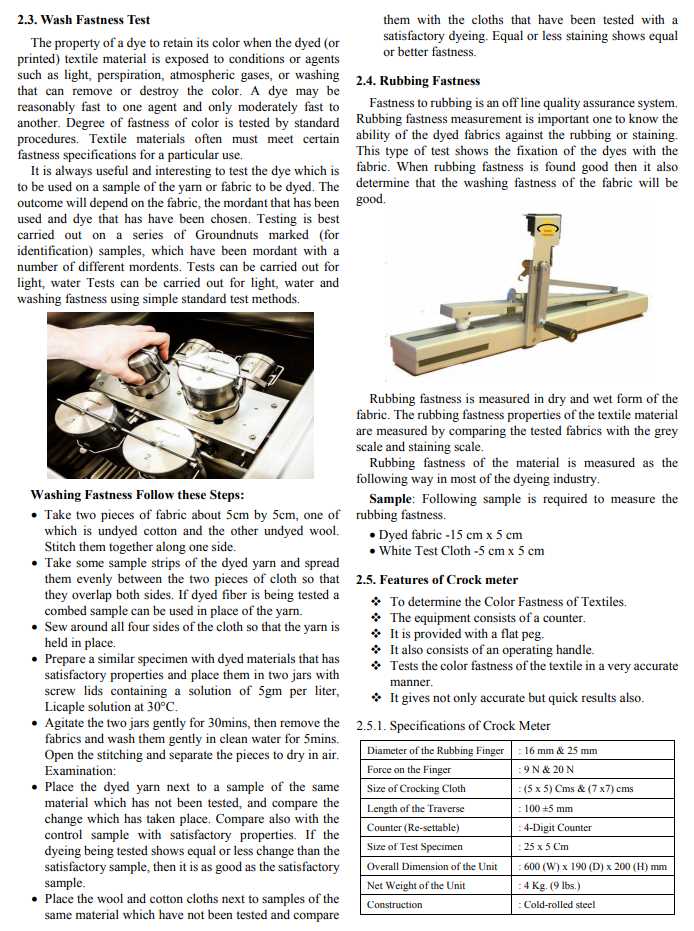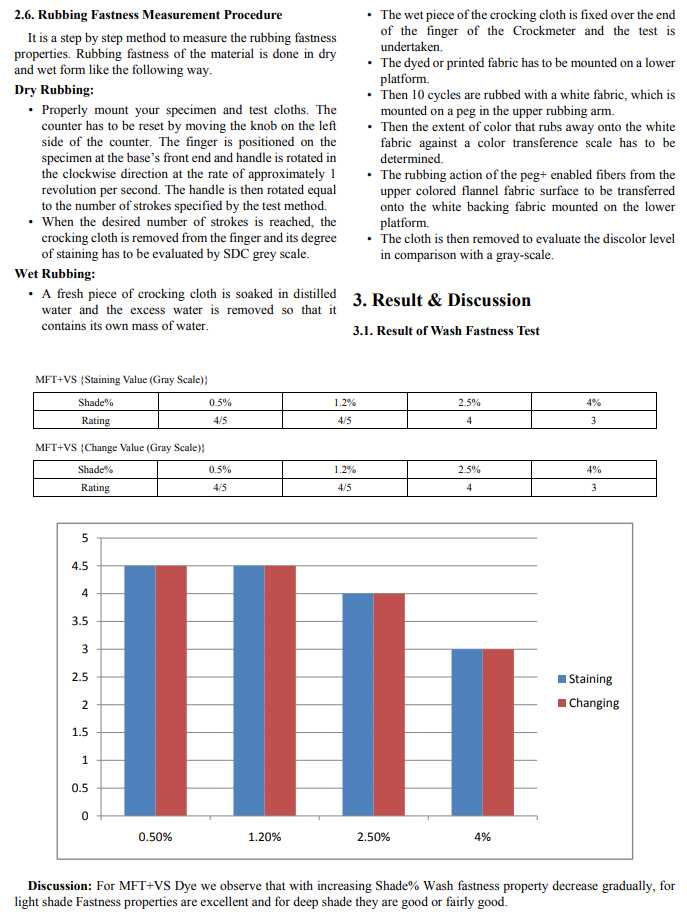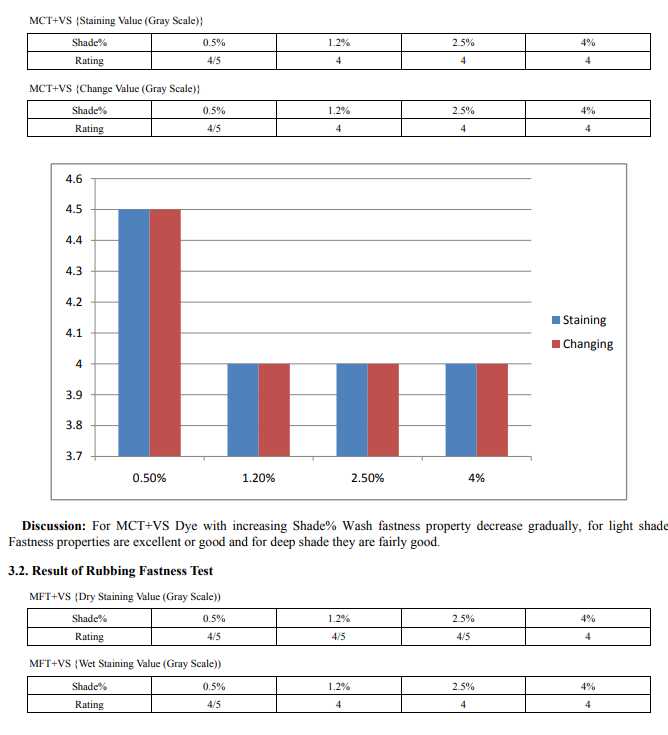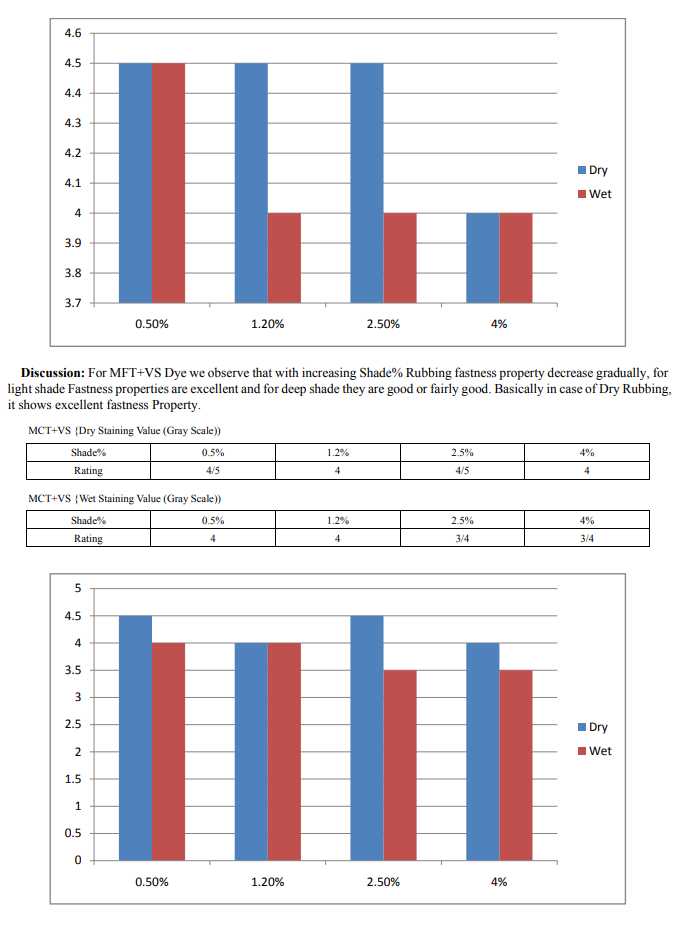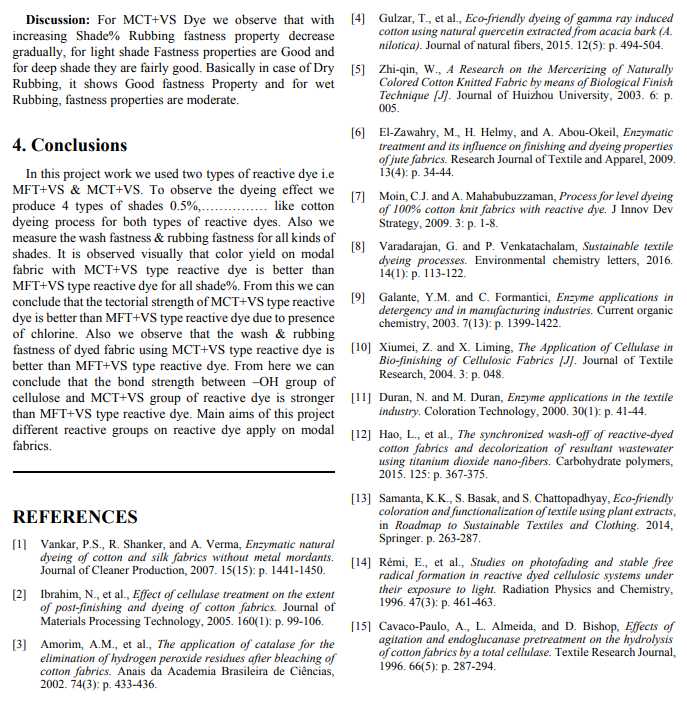Effect of Reactive Groups of Reactive Dyes on Dyeing of Modal Fabrics

Modal is a kind of man-made material. It's a variation of rayon, made by spinning Cellulose fibers. It's more absorbent than cotton or other synthetic fabrics. It also takes Dye well,and is very colorfast. It has a soft, slinky texture, making it comfortable to wear [1]. Modal is essentially a variety of rayon. It is made from beech trees and is about 50% more water-absorbent than cotton. So dye can be absorbed more quickly than cotton Modal is a registered trademark of Lensing AG. Modal fabric will not pill like cotton, and is resistant to shrinkage and fading. It is extremely smooth and soft. Modal can be ironed. Modal has many uses. It's soft and comfortable, so it works well for clothing. It's also Colorfast,which means it doesn't fade after wearing and washing. It's for women's Clothing more often than men's, as it has a draping, slinky effect that goes well with Women’s tops and dresses. Since it's very absorbent, it's often blended with cotton and other fibres to make things like towels, bath mats,and bathrobes. It's also a popular fibre for bed sheets,because its colorfast quality can withstand a lot of washing in hot water. Modal is fairly colorfast, so can be washed in warm or hot water. Can withstand washing them with r regular laundry at any temperature with any detergent.
However modal can get pilly, and it stretches out easily. It should wash on the delicate cycle. Hand washing clothing in cold water keeps pieces looking new for longer. Sheets and towels made from modal fabric are fairly maintenance-free.However, clothing is a different story. Modal stretches out easily, so should be avoid hanging modal on wire hangers;the shoulders may become misshapen. Using padded hangers,or folding pieces [3]. This fabric is also prone to pilling pressing too hard can damage the fabric. Reactive dyes was introduced in 1956, primarily belongs to a class of highly colored organic substances. While dyeing the reactive groups of reactive dyes forms covalent bond between fiber polymer and dye which makes dye integral part of fibre.Hence, they are known for its enhanced fastness property.
These dyes have stable electron arrangement which protect fiber from the adverse effect of ultra-violet rays. The significant chemical bonding improves the overall color stability and wash ability of the product makes these dyes most permanent of all other dye types. Undoubtedly, it is one of the most popular dyes used in textile industry all across the world. Reactive Dye is the dye of choice for all cellulose(plant) fibers, like cotton, Rayon, hemp, linen, Tencel,Modal, bamboo, etc. (For dyeing silk, wool and other protein fibers, see Dyeing Wool and Silk with Fiber Reactive Dyes) The chemical bond of these dyes is permanent, so once all the excess dye is washed out an infant can chew on the fabric and it will not come off.
2019-09-20 10:40

